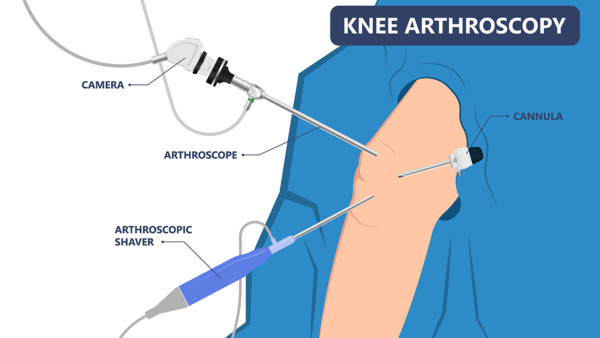Metal Particles Now Found in Arthroscopy Patients
Arthroscopy has been heralded as a minimally invasive technology. In some ways, it has defined modern orthopedic surgery. The ability to see inside the joint using a ball point pen sized arthroscope has helped surgeons and device companies develop more and more clever ways to approximate and cut tissue. One of those is the bone shaver, an instrument used in many arthroscopic knee surgeries and most hip surgeries. However, what if the instrument left metal debris in the joint?

Rumruay/Shutterstock
Metal debris has been a huge issue of late. We’ve seen it in almost all joint replacements that have any type of metal component. In addition, anything we place in the body that wears will produce debris. In this case a team of researchers took a metal bone shaver of the type used in hundreds of thousands of joint arthroscopy surgeries annually. They shaved some bone pieces and then looked under a microscope and saw a significant amount of metal debris created by the bone shaver. They also noted that these metal particles killed off some joint cells. In addition, they caused the synovial cells of the joint to produce nasty toxic cytokines that could harm the joint.
The upshot? Big surgeries can cause big problems. When arthroscopy began in the 1980s it was a minimally invasive surgery when compared to open joint surgeries, however, over the years, the amount of invasive things that can be done through arthroscopy has risen. Now the surgeries are almost as invasive as the open surgeries they replaced and they are certainly more invasive than almost any injection procedure. This new metal shavings issue from common arthroscopy instruments is a big concern and an unwelcome potential addition to the list arthroscopy side effects.

NOTE: This blog post provides general information to help the reader better understand regenerative medicine, musculoskeletal health, and related subjects. All content provided in this blog, website, or any linked materials, including text, graphics, images, patient profiles, outcomes, and information, are not intended and should not be considered or used as a substitute for medical advice, diagnosis, or treatment. Please always consult with a professional and certified healthcare provider to discuss if a treatment is right for you.
